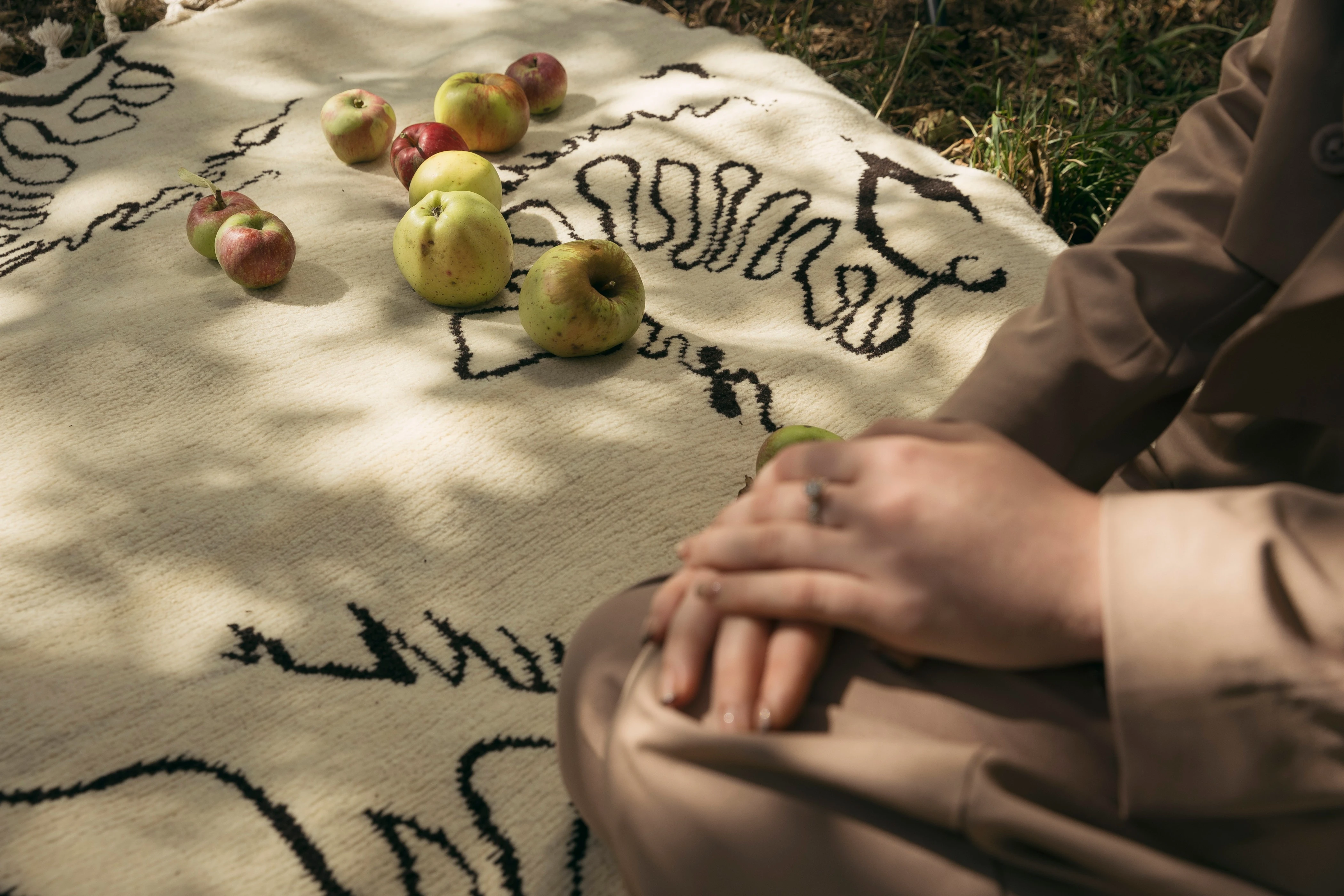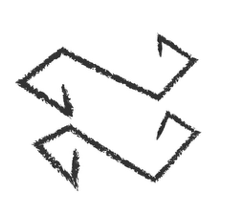FREE worldwide shipping from Armenia
and FREE custom designs for flat weaves
Barana
Designed by Gohar Martirosyan
Handmade to order by members of the Noyemberyan House of Culture
Inspired by a late 19th century Armenian rug celebrating the natural world and bearing the Noyemberyan region’s original name, Barana is our first knotted and first contemporary undyed rug collection from Armenia.
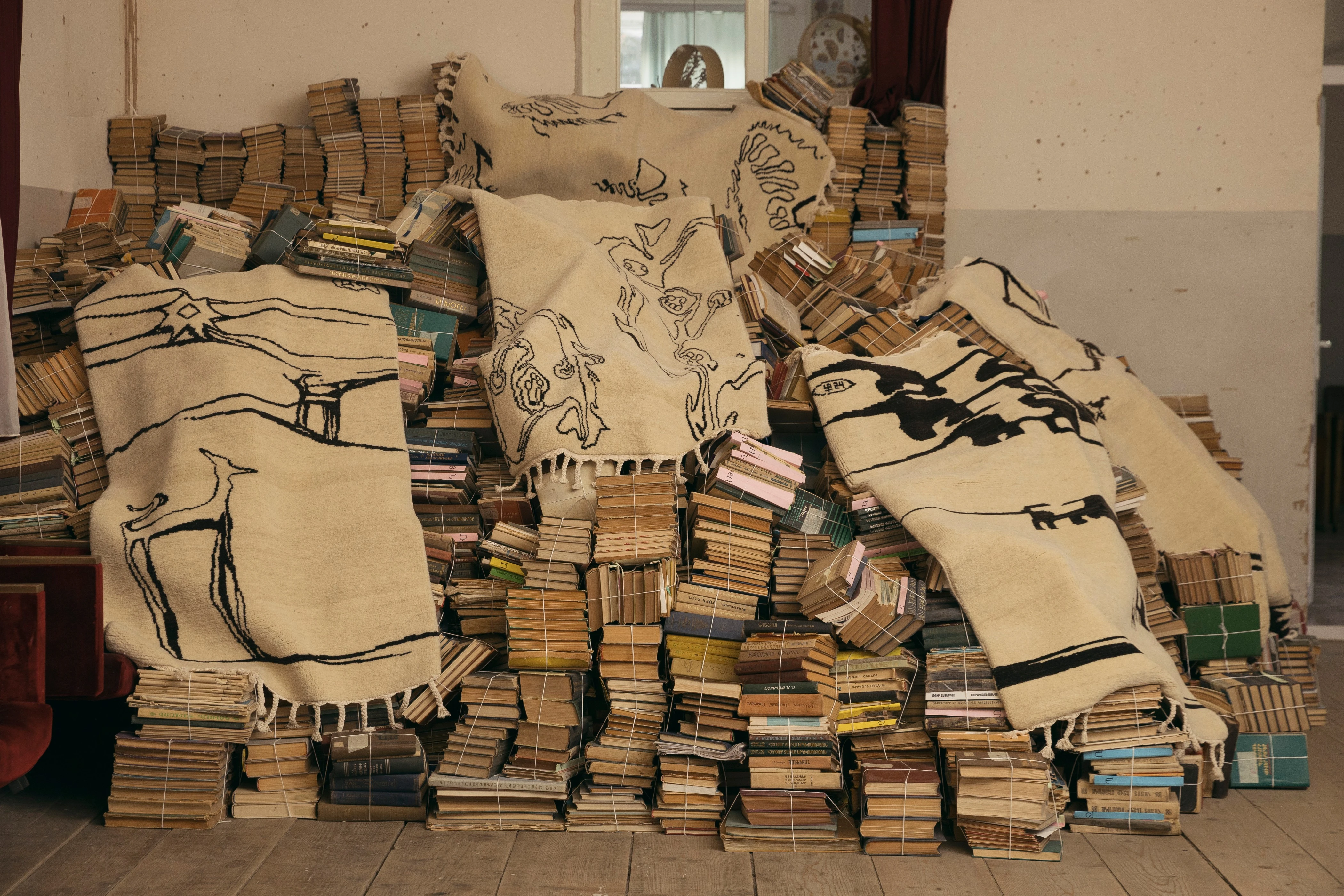
See more designs here. Looking for something custom? Let us know what you have in mind by contacting us.
About Barana

"I silently speak to my rugs in my mind, without words. We don’t see it, but rugs have a soul. They feel everything. They understand everything." - Mane Harutyunyan, Coder
The town of Noyemberyan is located in Armenia’s far north, 9 kms from the border with Georgia and just 2 kms away from Azerbaijan, with an official population of just under 5,000 residents. The drive from the capital Yerevan is long – 4 hours if you follow online map directions that divert travelers away from the border with Azerbaijan, 3 if you ignore caution and travel along the international border. For nearly three decades following the first war over the territory of Artsakh (Nagorno-Karabakh), a precarious peace held between Armenia and Azerbaijan, though for border villages and towns like Noyemberyan, the situation was anything but peaceful.
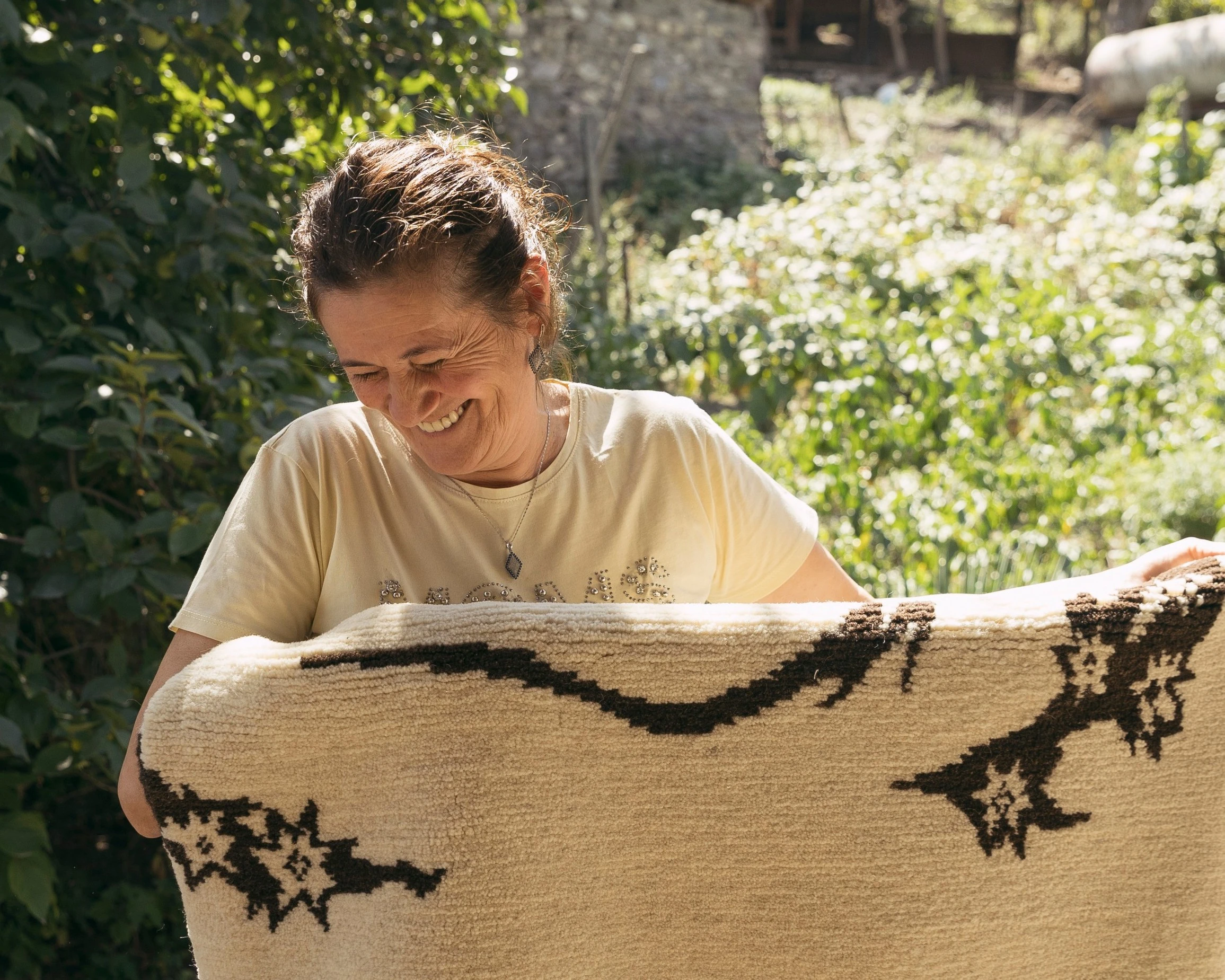
Sporadic sniper fire from across the border was a near daily occurrence for Noyemberyan and nearby villages like Jujevan and Voskepar, where some of the coders who weave the rugs from the Barana Collection live. The sniper fire has stopped following the Second Artsakh War in 2020, but the scars of armed ethnic conflict remain clear to this day.
"Nearly half of Voskepar’s original population migrated to Russia escaping the First Artsakh War and the ‘dark and cold’ years of the 1990s following the collapse of the Soviet Union. They were constantly striking the village during the war – our home was hit twice by mortar shells – so lots of locals left, and with them our traditional crafts." - Naira Harutyunyan, Coder
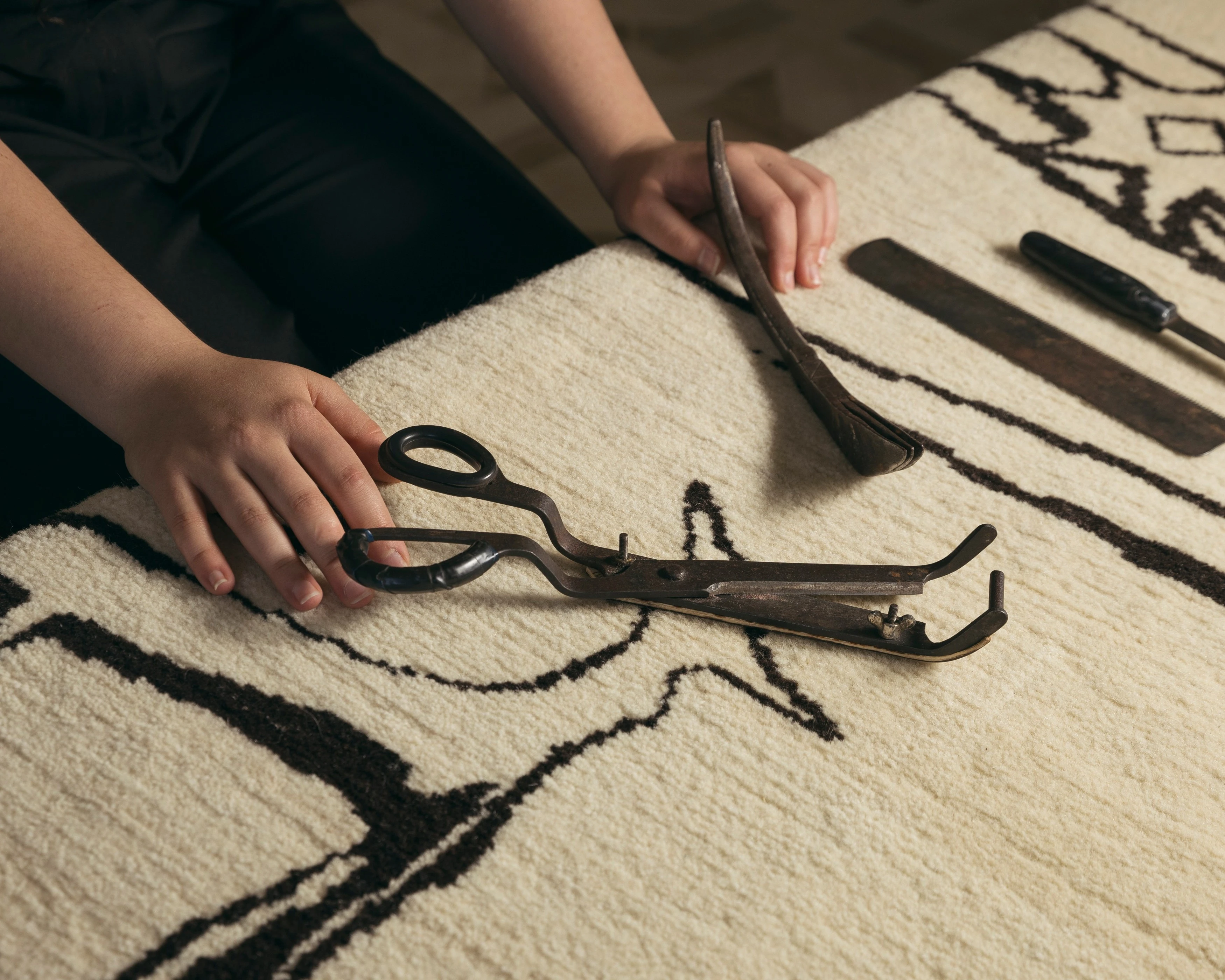
While peace negotiations between Armenia and Azerbaijan are on-going, a recent border delimitation agreement resulted in the handover of four Armenian villages to Azerbaijan in May 2024. The new border now runs right by the road that online navigation maps tell travelers to avoid, where Armenian and Azerbaijani troops can be seen facing one another just meters apart.
"The tradition of rug making has been disrupted partly due to war. If people lived in peace, if they didn’t have to worry about their daily bread, about protecting their families, they would create. All the wars in the 1990s, in 2016, in 2020 have significantly disrupted daily life here. If there’s no work, people will not stay in the villages. But we’re still here." - Naira
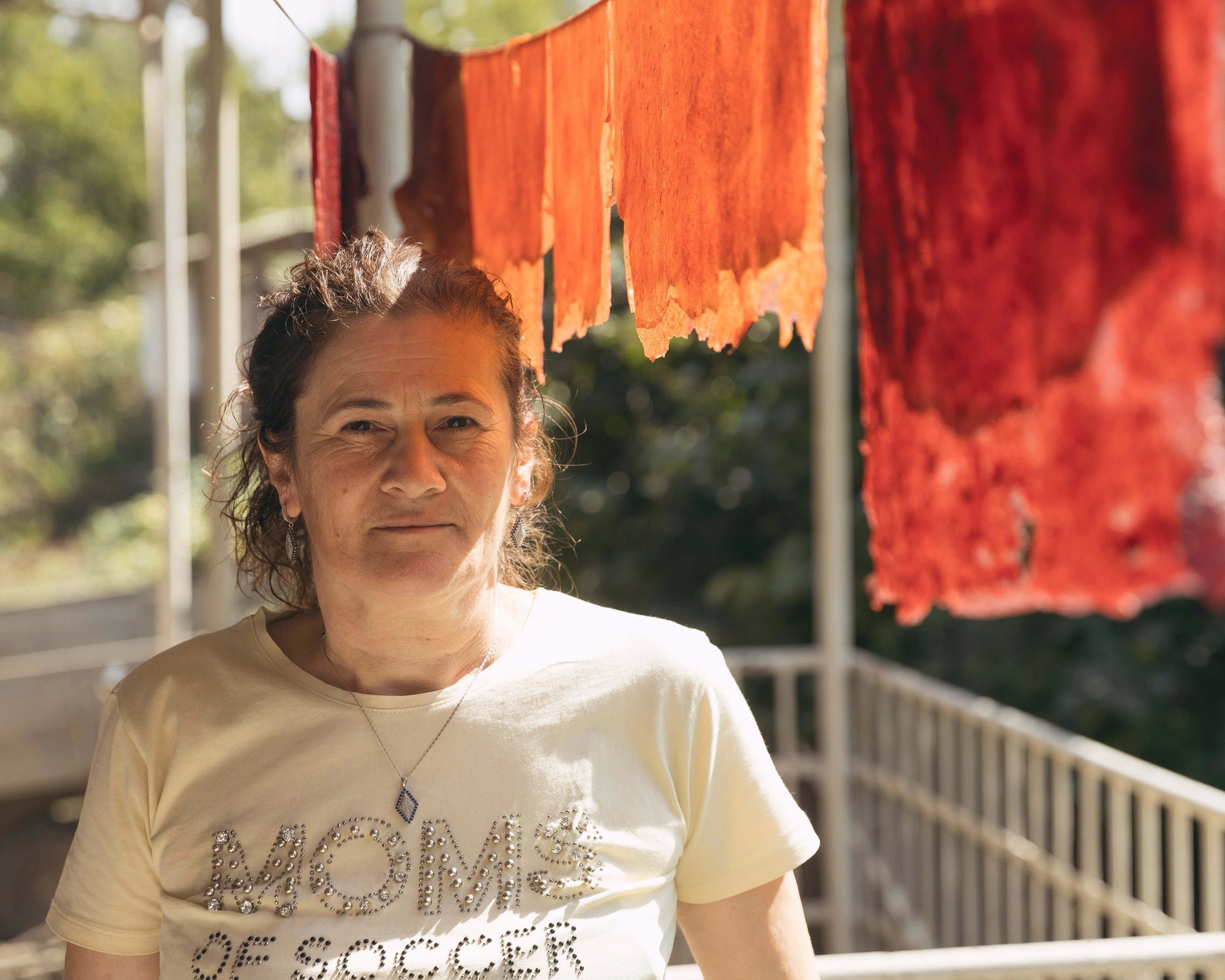
Twenty kilometers north of Voskepar in Noyemberyan is the local House of Culture, where the story of the Barana Collection begins. There in 2019 a public, free-of-charge rug making club was established for all local people in the Noyemberyan region who wished to learn, thanks to support from the Folk Arts Hub Foundation, a Yerevan-based organization dedicated to reviving traditional textile arts – a mission the House of Culture shares. Thanks to the new club, the Culture House’s reach expanded beyond the town and into six of the region’s villages: Barekamavan, Voskepar, Baghanis, Jujevan, Tovegh, and Koti. As the director of the Culture House Sonya Zurabyan says, they are not merely villages on the border, but villages that protect the border.
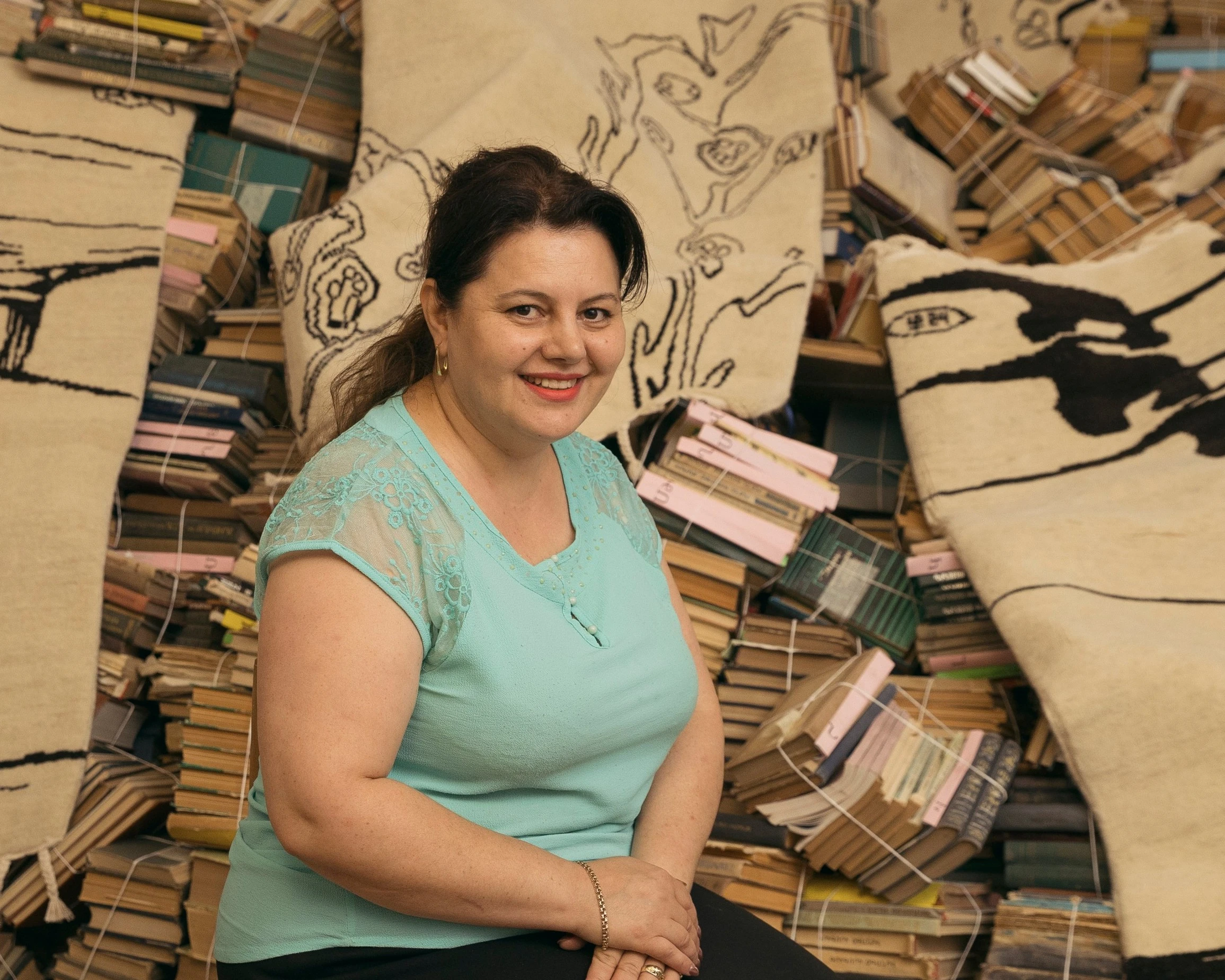
"Like the rest of Armenia, rug making was an art form that was practiced in all households of our region. That culture is nearly gone today. Our goal is to revive this and other traditional art forms. Thanks to support from the Folk Arts Hub Foundation, we’ve created a regional network of weavers of various skill levels who represent three generations of local people, from young girls to grandmothers." - Sonya Zurabyan, Director, Noyemberyan House of Culture
The youngest coder weaving rugs from the Barana Collection is 18-year-old Mane. Unlike many other coders in Armenia, Mane did not witness rugs being made at home by a family member. Yet the historic weight of the disappearing art form she now practices does not escape her.
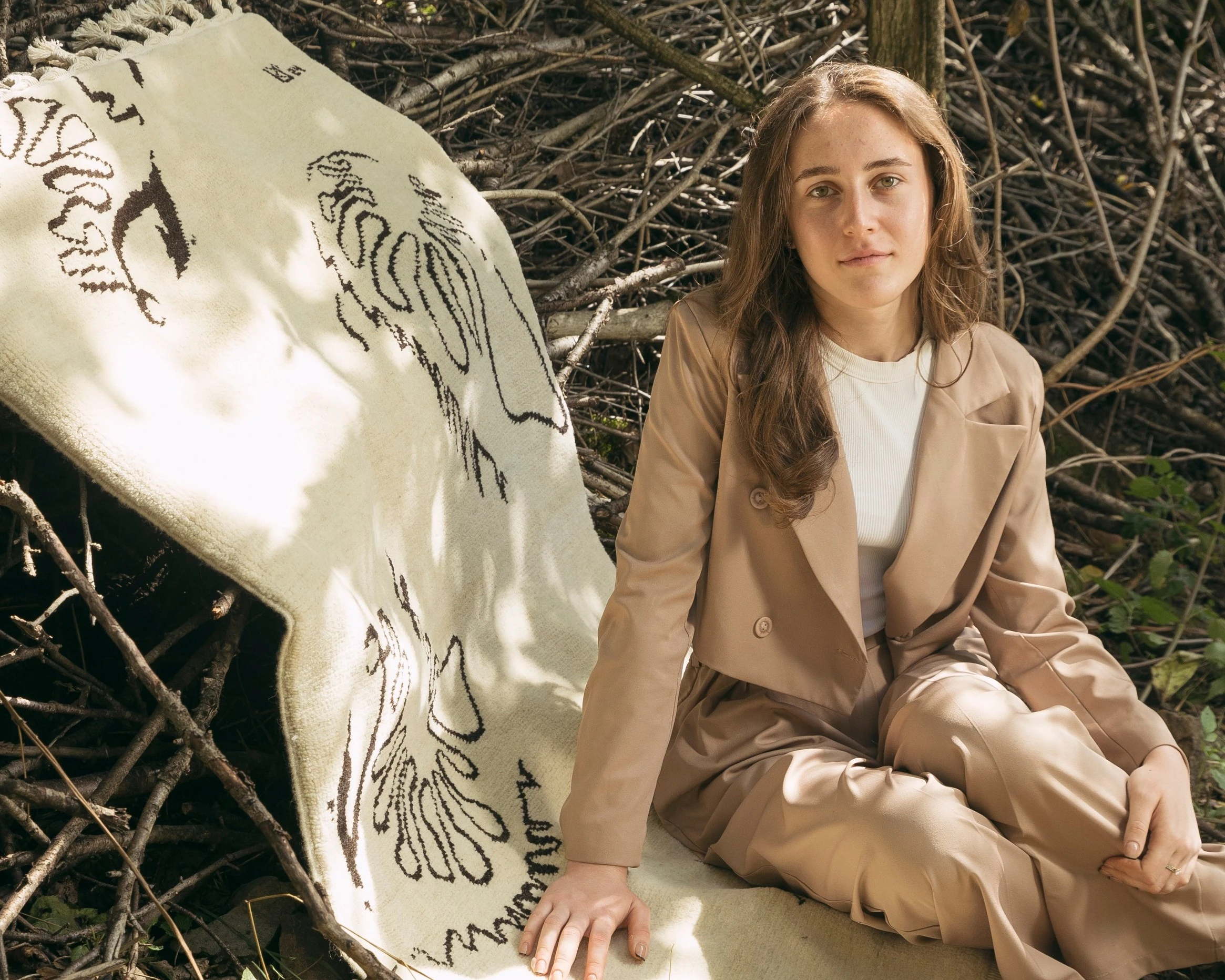
“Rugs are very important to our people and identity. Many rugs were saved from destruction or theft during the Armenian Genocide and brought here from Western Armenia [modern day eastern Turkey]. Many of those rugs are in museums today, and when you see how well they have been preserved even after traveling long and dangerous journeys, it’s easy to appreciate just how much our ancestors valued rugs. People literally sacrificed their lives to save their rugs during the Genocide. For me personally, there’s nothing greater or more valuable than a rug.” - Mane
Another coder, 39-year-old Serine, learned how to weave from her 13-year-old daughter Ani. Ani was one of the first students to join the Culture House’s weaving club in 2019. Weaving came naturally to her, though she doesn’t know yet if she will pursue a career as a professional coder in the future.

"I’ve always loved rugs, but never had the opportunity to learn how to make one. When I saw that my daughter is a skilled weaver, I asked her to teach me. She is an excellent teacher. While weaving my piece for the collection, I was very impatient to see how it would end up. I wove it and Ani helped me here and there for practice. We would sit together in front of the loom to weave, and even started competing to see who could weave rows of knots faster." - Serine Hovsepyan, Coder
"Before cutting a rug from the loom, I talk to it, I tell it how beautiful it is, I ask how the weaving process was for it. I also share what my experience was like weaving it. The rug always responds positively." - Ani Karyan, Potential Future Coder
Like others in Armenia, the coders of Noyemberyan all note weaving’s healing benefits. With no clear path to peace with Azerbaijan, and Azerbaijani troops stationed at their doorstep, life on the border demands moments of personal peace.
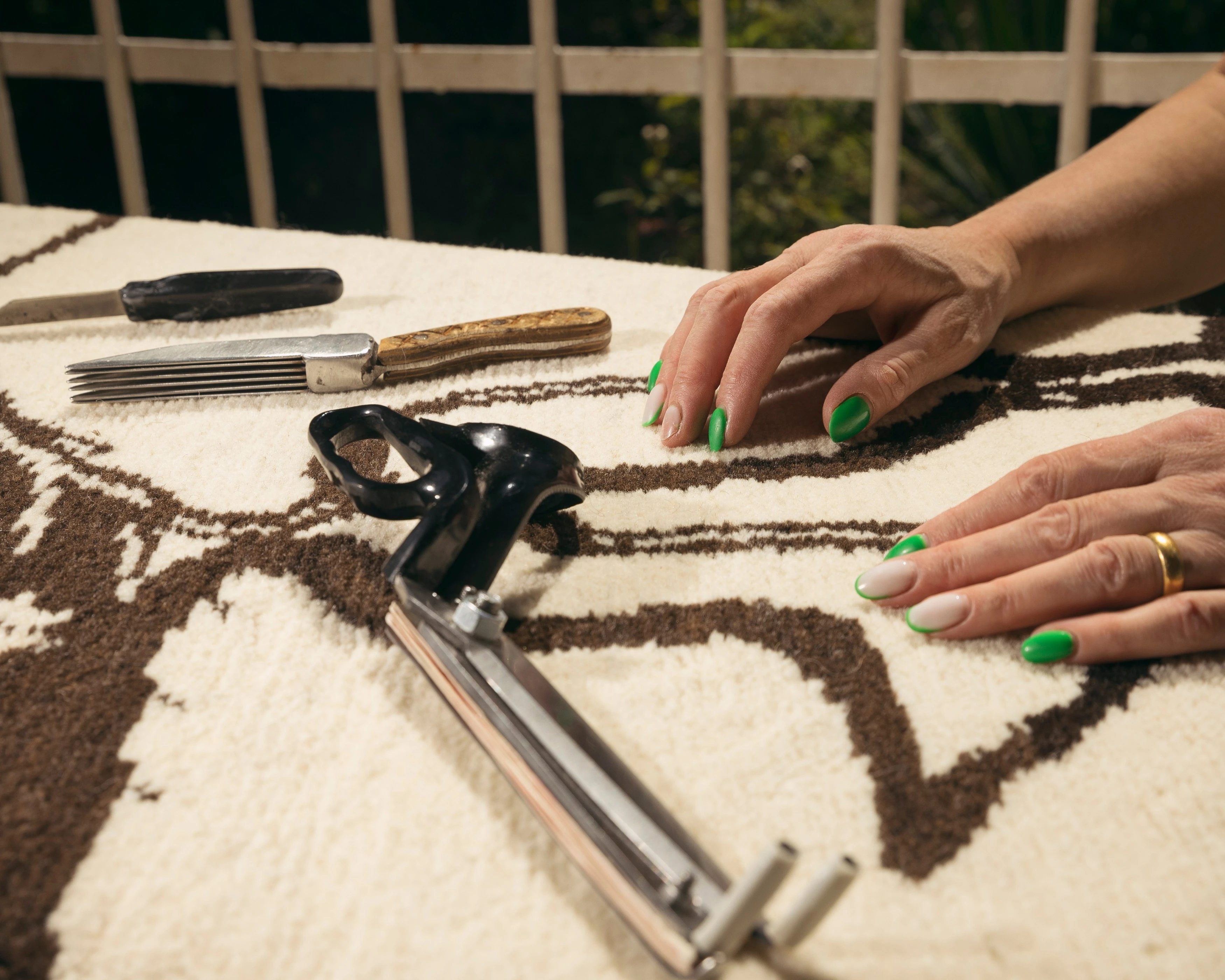
"Weaving is therapy for me. When I’m upset, weaving helps me relax. The rug takes away my negative energy. That negativity does not go into the rug – if it did the weave would have mistakes or the final rug would look unattractive. The rug channels my negative thoughts and emotions elsewhere.”
- Mane
Another member of the collective, Rima, is a professional weaver who's weaved for most of her life. Today she teaches rug making at the Noyemberyan Fine Art School while also supporting the regional club's efforts at the Culture House, which she played a major role in helping create. Prior to 2019, Rima was leading rug making classes at the Culture House, introducing all of the coders who wove the piece of the Barana Collection to traditional weaving practices at a professional level. For most of the 44-day war with Azerbaijan in 2020, Rima wove. Her son was conscripted into the army in August of that year. Just one month later, her worst nightmare came to be when war broke out.
"All I wanted to do during the war was weave in order to escape the stress. It was a terribly difficult time. My only salvation was weaving. I wasn’t weaving to complete rugs during those 44 days. I was weaving to get away from the news, to get away from this world. Weaving allowed me to escape reality temporarily during those horrific days."
- Rima Ananyan, Coder

Rima’s son safely completed his mandatory military service and is now back home in Noyemberyan with his family. The same cannot be said about 3,825 Armenian servicemen and women who lost their lives when Azerbaijan attacked on September 27, 2020.
"Our neighbors are always touting Armenian rugs as their own. They’ve always tried to steal our culture. Every Armenian, especially those of us who live on the border with Azerbaijan, must know and recognize our culture, protect it, and transfer it to future generations so that our nation continues to exist. Our current situation, the current state of our culture is very painful. Our culture and nation is on the verge of destruction, but we continue to survive. We’re still alive, and we still create. We try to create. I don’t know… We can’t just say that the state of our country is bad and give up. No. We continue to work, we continue to keep our culture, we continue to live on our lands."
- Diana Mamyan, Coder
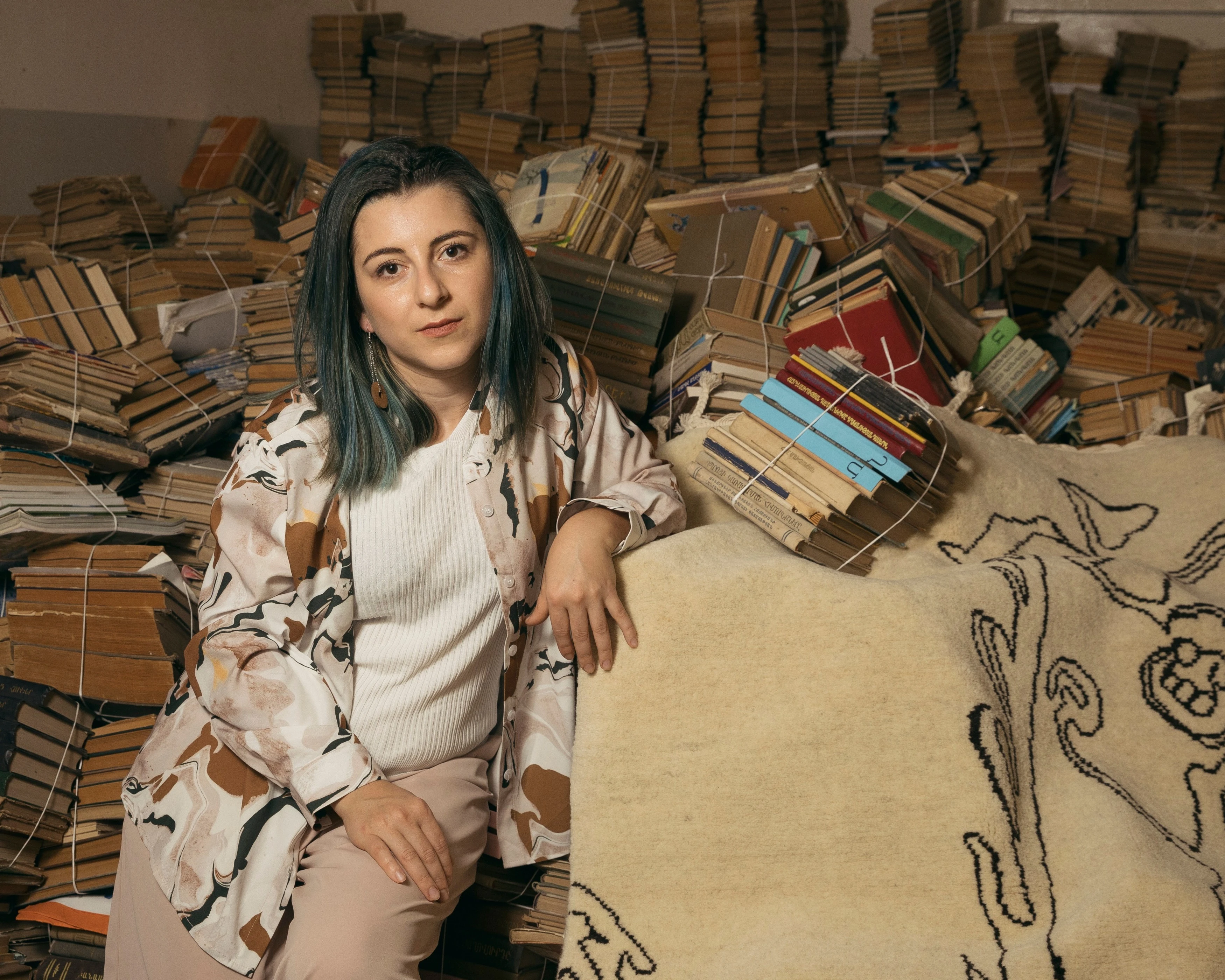
"All the members of our collective live in different parts of our region, so we have an online group chat where we keep in touch and send each other updates on our work. If someone needs help the collective offers advice and assistance. When members have free time they visit each others’ homes to help and make the rugs perfect. Our teamwork is great. We all work together very well. We’re able to talk freely with each other. We love each other." - Diana
Before the creation of the Barana Collection, none of the coders from Noyemberyan had ever woven large size rugs, nor had they engaged in commercial rug making activities. The potential to share their handmade creations with the world and make a living through rug making is one that excites them all.
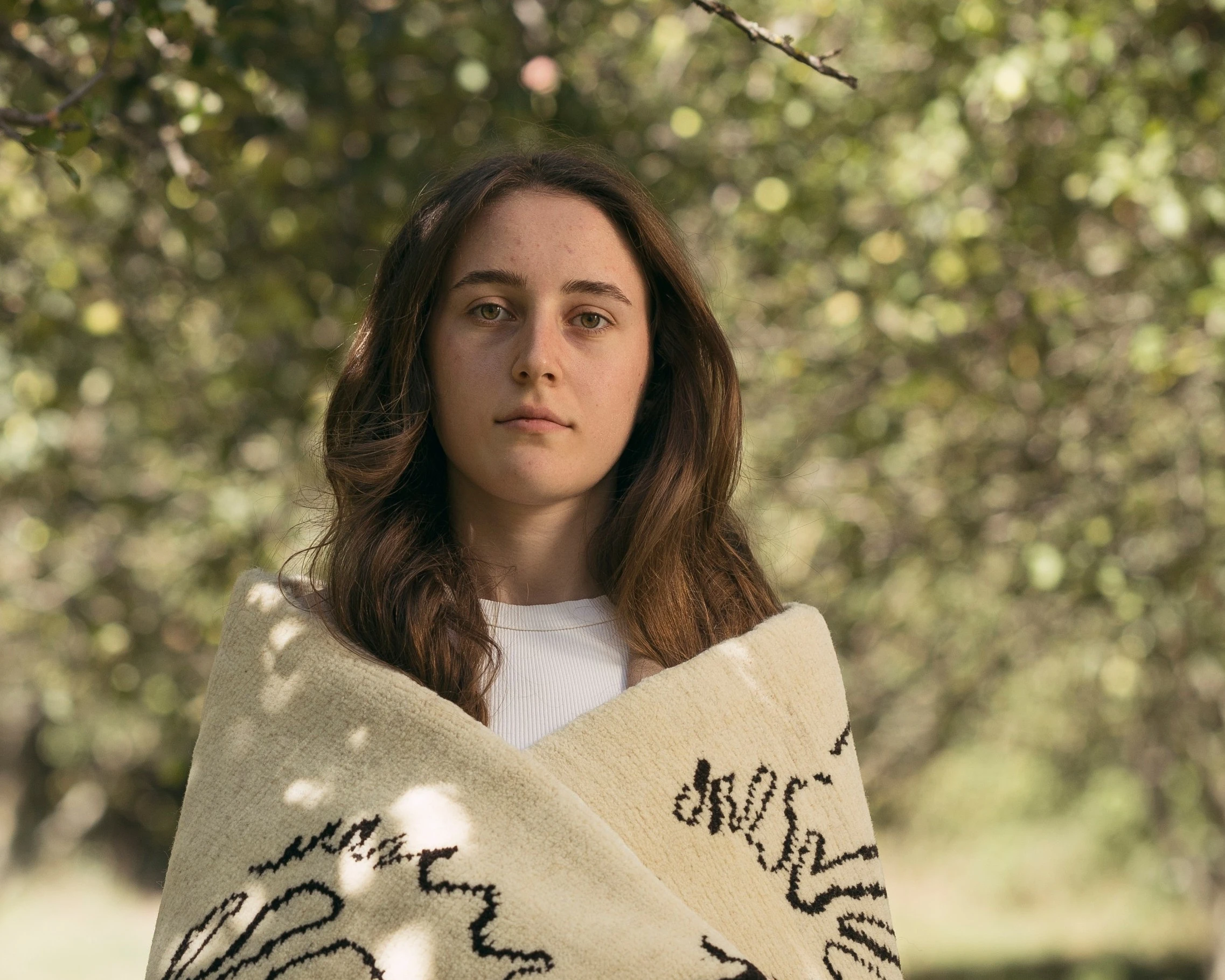
"I hope that the individuals or families that receive my rugs feel the spirit of Armenia. If they’re Armenian, I hope they feel the warmth of the homeland, and if they’re not Armenian, I hope our rugs tell them a little bit about our land and culture. I hope they understand that Armenia may not be the most developed country economically speaking, but our art and culture is powerful. I want them to know that
their rug is Armenian." - Mane
"People should know that our ancestors have made rugs for millennia. People should know that rug making is part of our culture – most of the world doesn’t know about Armenian rugs and Armenians’ contributions to global rug making traditions. It’s our responsibility to tell people about our culture and to share it with future generations of Armenians" - Diana
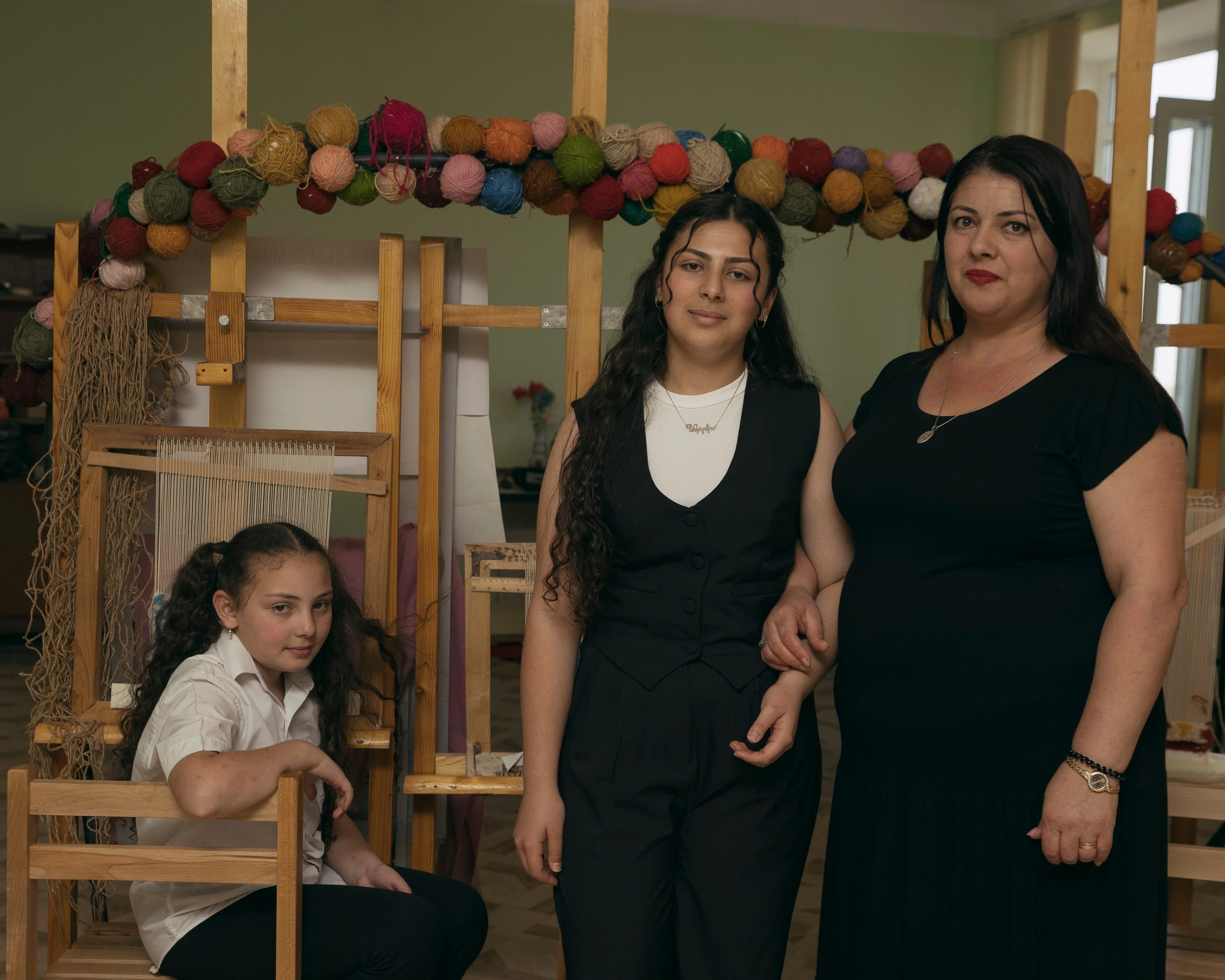
"I hope they love the rugs my mom is weaving so much that they want to come to Armenia and see how we make them by hand, and why not learn rug making themselves. I’ll gladly teach them." - Ani
"I want the memory of Armenian rugs and rug making to be revived. In Armenia I want local people to see that this culture is not forgotten, to know that Armenians still weave rugs. I want everyone to see our work, see this beauty, and bring the beauty of rugs into their everyday lives. My daughters, who are underage, already have a skill that they can use in the future to create an income for themselves, and I’m very happy about that. It is my wish that in the future they will get married, create families, and weave rugs in their homes, even if it's just for their own personal use. That is my greatest wish." - Rima
About The Artist
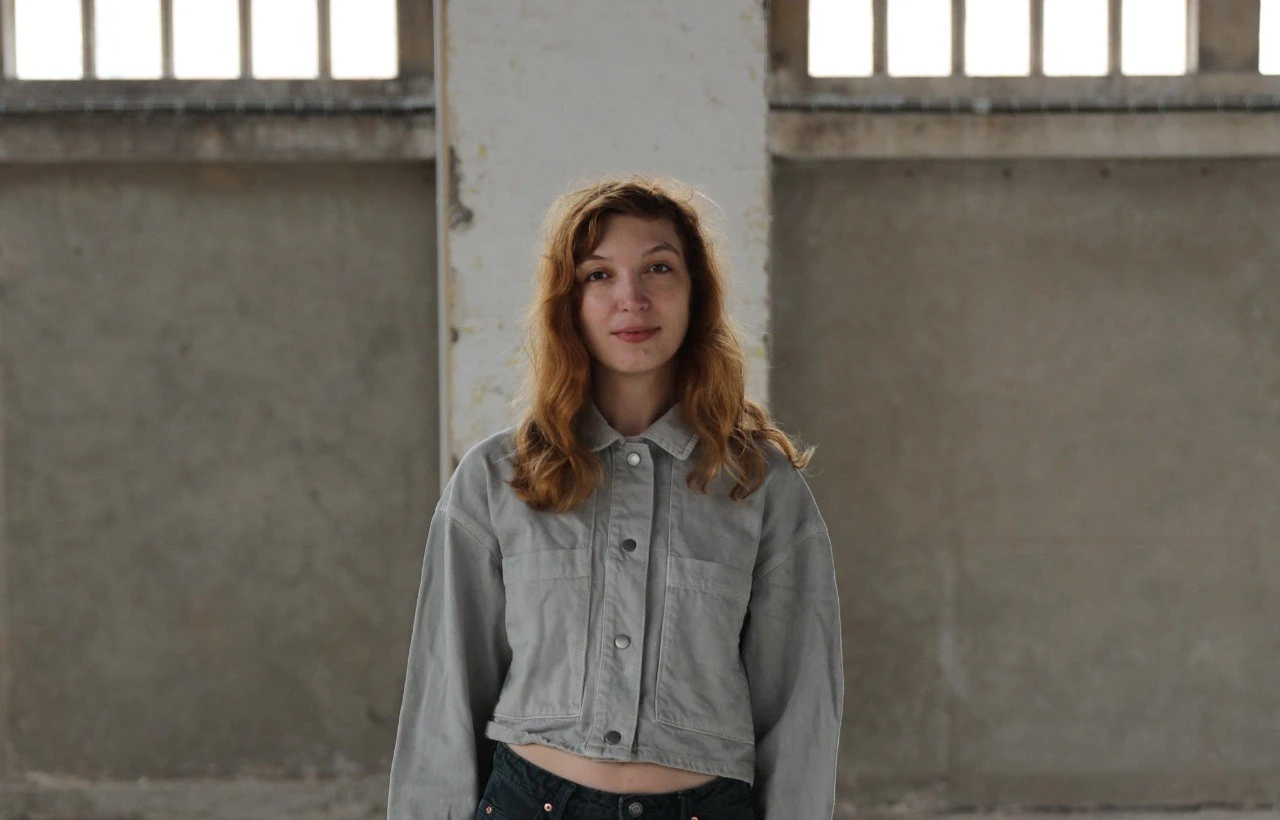
Visual artist and filmmaker Gohar Martirosyan was born in the ruined city of Gyumri, several years after the Earthquake, and has spent her life in a state of constant migration since the age of three. This nomadic existence has shaped her identity and artistic vision.
Martirosyan's oeuvre deftly traverses the intricacies of cultural transformation and the mutable terrains of identity. Her artistic inquiry orbits around "spaces of no return," sites she seeks to conserve as loci of historical and personal specters, endeavoring to shield these realms from the oblivion of cultural amnesia. Within her scholarly pursuits, Gohar aspires to resurrect the cultural narrative endemic to the consciousness of a locale's inhabitants, unmarred by extrinsic influences. Her objective is to peel away accumulated cultural stratifications, striving to regress to the seminal moment of human-landscape interaction—the primordial dialogue with the environment.
Through her work, Gohar Martirosyan seeks to illuminate these disruptions and offer a path to understanding and preserving the delicate interplay between humans and their environments. Her art is a testament to resilience, memory, and the enduring quest for cultural continuity in the face of relentless change.
The Rug Code expresses its heartfelt thanks to Diana Hovhannisyan, Levon Der Bedrossian, and the Folk Arts Hub Foundation for introducing us to the coders of the Noyemberyan House of Culture, and for their tireless efforts teaching and sharing the art of traditional rug making to new generations of weavers across Armenia. Learn more about the Folk Arts Hub Foundation and their programming on their website.
Looking for something else?
A different size or designs?
We'd love to make it happen.
